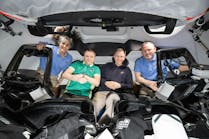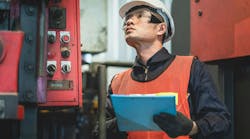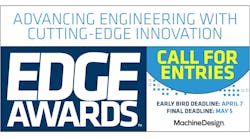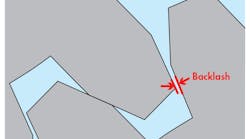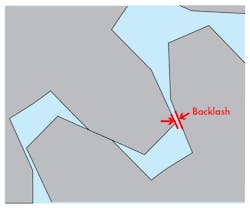What’s the Difference Between Geared and Direct-Drive Actuators? (.PDF Download)
Robotics development is being fast-tracked these days as companies look at ways to create new solutions for everyday problems. Robots are becoming smarter through artificial-intelligence (AI) learning processes, more dynamic in movement through design, and more efficient in industrial applications. However, actuators seem to get overlooked when it comes to their need for innovation.
Basics of Actuators
Actuators are the component responsible for providing movement and strength in the joints and axes of a machine, like a robot. A key factor in machine operations is a control signal and power input to facilitate movement. However, you also need to convert the output of the motor into usable speed and torque. Think of the gears on a bicycle. Your leg might not be strong enough to drive the wheel of the bike directly. Gears are used to change the torque required to drive the wheel.
The same goes for robotic actuators, where a traditional motor/gearbox combination functions together to convert the lower torque output of the motor to achieve powerful motion in the robot arm at a usable speed. The more complex the gear system (i.e., the higher ratio or more gear stages), which is typically required for higher-torque applications, the more backlash that exists in the transmission system. Backlash will impact the precision of the robot and in extreme cases, may even affect safety.
Backlash is the “slack” in the system, also referred to as the “play” in the gears (Fig. 1). For example, when moving the steering wheel of an old car left and right when the car is off, and there’s no power steering, you can feel some “play” or backlash in the system as the steering wheel moves but the tires don’t turn. This is because along the steering system, many connectors with small, acceptable, amounts of play add up to an overall large play in the system that can be felt.
1. Backlash is the “slack” in the system, also referred to as the “play” in the gears.

